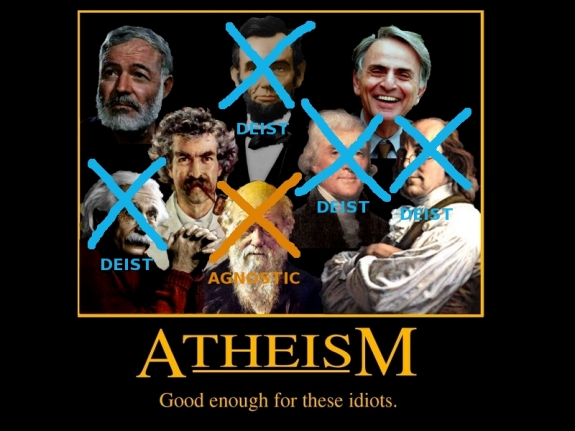I am rebooting my presence in the blogosphere:
Compendium of the Glorious and Horrifying
Wonderful and terrifying things from the borderlands of imagination… as explained by ME.
Minor Update
“On Coming Out Episcopalian” has been updated.
The Verdict: The Secret of Kells
“Anime” >> Tomm Moore’s The Secret of Kells
Note: I’m filing all animated features under the tag “anime” for convenience’s sake.
 First off, one must remember that the visual artistry of this film is its major draw. I’ll ramble a lot about its plot and characters, but in the end its mind-blowing, hand-drawn animation steals the show. The glorious curves of both the natural world and the calligraphied page reverberate and enrich each other in the world of Kells, leaving no stone unbeautified.
First off, one must remember that the visual artistry of this film is its major draw. I’ll ramble a lot about its plot and characters, but in the end its mind-blowing, hand-drawn animation steals the show. The glorious curves of both the natural world and the calligraphied page reverberate and enrich each other in the world of Kells, leaving no stone unbeautified.
Basically, The Secret of Kells relates the heroic history of a young monk by the name of Brendan, who will later go on in the film’s universe to illuminate vast portions of that great Irish Gospel manuscript, the Book of Kells. To give a brief plot outline: Brendan’s uncle, the Abbot (and essentially lord) of Kells, has apparently spent the vast majority of his tenure there as a foreman for a building project of vital importance–a wall to protect against the inevitable hordes of “Northmen” (the Vikings, envisioned as unstoppable killing machines by the filmmakers). Due to their dire circumstances, the Abbot Cellach keeps a tight rein on his nephew to prevent him from wandering to his doom outside the village built up around the abbey. Going against type, the Abbot is portrayed as an almost scientific fellow–unlike the usual cinematic depiction of the misnomered “Dark Ages,” Brendan is portrayed as parroting not the Abbot’s credulousness, but his skepticism of whatever might go bump in the wood.
But, of course, Brendan gets sent by the monk Aidan (later St. Aidan) to retrieve some berries from the forest interior… er, and also the legendary “Eye of Columcille,” a “magic” crystal used by the abbot Columcille (later St. Columba) to transcribe 300 books at once. In the wood he meets the winsome gal (read: manic pixie dream girl) Aisling… and the bloodcurdling monster Crom Cruach.
As I mentioned earlier, Christians aren’t uniformly portrayed as dour fools in the village of Kells… heck, look at the wacky multi-ethnic band of monks that follow Brendan about during the first scenes. And furthermore, pagans and faery folk aren’t uniformly innocent and magical: besides the inhuman Vikings, we only have Aisling and Crom Cruach for reference. The small clutch of main characters all have rather unique turns, making this far more than just another cartoon. But then again, I’m sure you’d expect me to say that given the rest of the content in the blog’s “anime” category.
Final Grade: A-.
Minor Update
The About page has been updated.
Minor Update
A final quote has been added to “On Sin, Pleasure, and Sexuality.”
On the Gamaliel Test
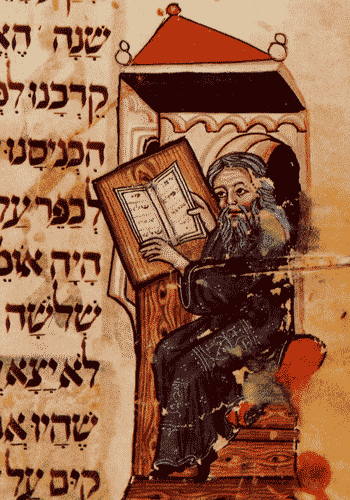
“And now I say unto you, refrain from these men and let them alone: for if this counsel or this work be of men, it will come to nought: but if it be of God, ye cannot overthrow it…”
–Rabbi Gamaliel (Teacher of St. Paul) in Acts 5:38-39
I consider myself a rather conservative Christian overall. By that, I mean I tend to look back to what came before for advice on how to proceed in the present. To be honest, I feel if more “conservatives” (politically speaking) would do this, they would agilely avoid the seething welter of madness that currently styles itself “neo-conservatism.” But I digress.
I hold to classical tenets like the veracity of Scripture, Christ as the God-Man, the wisdom of the saints,1 and the idiocy of a clown Eucharist.2 However, I have also latched onto some beliefs that may isolate me slightly from the Lewis-Chesterton school of thought I have identified with for so long. I realize all of them relate to the fascinating subject of sex and gender except for the one with the surest biblical and patristic foundations: apokatastasis, or restitutio omnium, or universal salvation, which will be discussed in another entry.
So what remains? Why, the ordination of women and the ordination/acceptance of homosexuals, of course. I was drawn into this mess after casting my lot with the now infamous Episcopal Church in the United States. The hierachs’ zeal for forcible reform will indeed prove their undoing, but I still feel the Continuing Anglicans’ garrulous schism has small justification. Case in point, I don’t think God withdraws His presence from the eucharistic elements if a lady (created in God’s image) prays the epiklesis. Maybe that pushes me back into the Protestant camp, but for me, the priest is imago Dei, not alter Christus… at least, not any more than any other human being is.
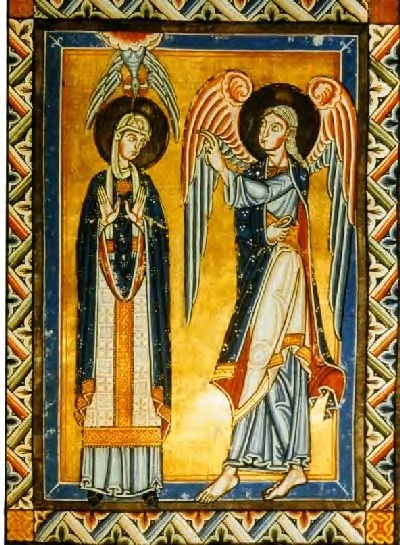
Ugh… I hope I’m not just buttressing my fantasies here. G. K. Chesterton went looking for heresy and found orthodoxy–I hope I don’t just find more old heresies. If the curious experiments of various churches recently fail miserably and drives everyone away (as their critics expect), then obviously it was all a project of manmade pride. If it succeeds, however, and draws previously untouched men and women to a lifetime that begins a wondrous eternity, then, well… I would say it was the Lord’s doing, wouldn’t you?
Minor Update
This old Hollow Fields review has been updated to include the last book.
No No, Nietzche…
“Whoever has seen the learned egotist flies at his approach. History in his hands is a demonstration of his philosophy. Science is a quarry of proofs for his hobbies. If we do not agree with him we are not merely mistaken (every philosopher tells us that), but we are false to ourselves and ignorant of our ideal significance. His ego gives us our place in the world. He informs us of what we mean, whatever we may say; and he raises our opinions, as he might his food, to a higher unity in his own person. He is priest in every temple. He approaches a picture-gallery or a foreign religion in a dictatorial spirit, with his a priori categories ready on his lips; pedantry and vanity speak in his every gesture, and the lesson of nothing can reach his heart.”
–George Santayana, Egotism in German Philosophy (1915)
More overdue beatdowns of Friedrich Nietzsche available here.
On Sin, Pleasure, and Sexuality
“And therefore while so many think it the only valour to command and master others, study thou the Dominion of thy self, and quiet thine own Commotions. … They who are merely carried on by the Wheel of such Inclinations, without the Hand and Guidance of Sovereign Reason, are but the Automatous part of mankind, rather lived than living, or at least underliving themselves.”
–Thomas Browne, Christian Morals (1716)
I wish I would have published this a few days ago, on the Feast of St. Teresa of Avila, because one of the most potent images of the spirit and flesh combined is focused around a vision she experienced. When a graduate class I was in was once presented with an image of Gian Lorenzo Bernini’s imposing sculpture The Ecstasy of St. Teresa, a fellow student of mine snickeringly remarked that Teresa “looks like she’s having an orgasm,” with the requisite leering about the room (the student, not the room… was leering… never mind).
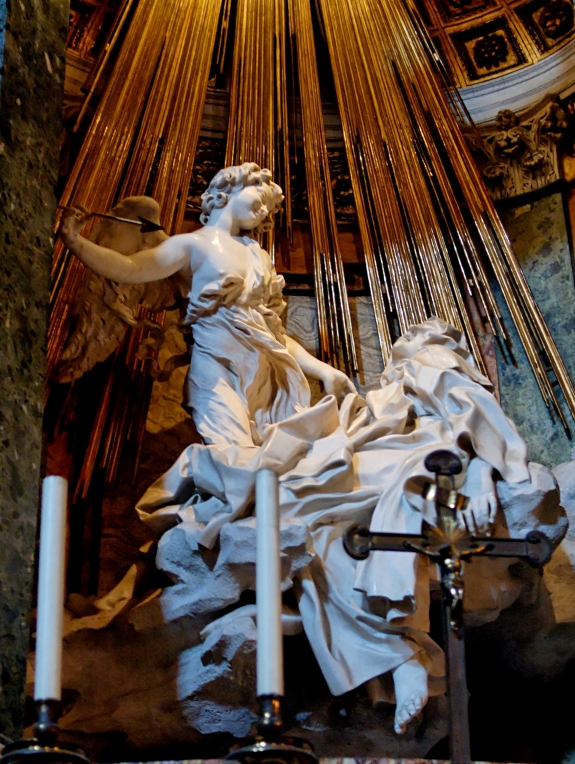
After all, it’s common knowledge that cenobites are incapable of orgasm and the flesh and spirit never mingle, correct?
Before you censure me for building a straw man argument, 1 I’ll remind you that it is a common assumption that being a sexual creature and a Christian are essentially incompatible.2 Want proof? Just search “Christian erotic,” or, God forbid, “Christian pornography” in Google and see what you come up with (don’t do it now while you’re reading the article). Before you hit Christian screeds, you’ll find snarky bloggers and such reminding the Internets public once again that Christianity and sex just don’t mix.3
First, I think it’s important to understand that healthy sexuality isn’t sinful if it’s truly good. I mention this specifically because there seems to be an odd complex in most Western cultures that identifies “the naughty” (which once meant “wicked”) with the pleasing and healthful (i.e., sex). If I flip open to the murky back pages of my local alternative weekly, I find clubs whose names are designed to be mockeries of ecclesiastical terms for impurity and failure, like “Iniquity,” “Vice” and the like. If what we’re enjoying there is so good, why not call it good instead of bywords for evil?
Conversely, true sinfulness is really neither sexy nor desirable if we see our moral failings for what they are. If Christians at any point call that which is good a sin, then we have a definite semantics problem that must be corrected–sin in and of itself is at its core baleful ignorance, twisted goodness, and imprisonment in one’s self. If indeed sin is darkness, then, like its namesake shadow, it has no real substance of its own. Unfortunately, this can oftentimes apply to how people deal with each other sexually or with their own pleasure privately, thus necessitating the need for our term “lust.”
However, any Christian, no matter how pious, should be at a loss to explain away the naturally sensual qualities of those good things God gives us. Asceticism is only a means to the end of enjoying God more fully, not the Christian’s ultimate mission in life.
Though some more charismatic types may disagree with me, I also believe that simple moderation and balance are form one of the key planks of the Christian life. The Greeks knew this, the Romans knew this, the Buddha knew this, surely Lao Tzu knew this… like the Golden Rule, this seems like a principle basic to our common morality.
I also agree with the fine folks over here that Christ’s famous injunction against lust was not directed against admirers of the female form, but those who were scouting out an opportunity to homewreck, or worse. If admiration increases our faith in our Creator without trampling on any other virtues, I find it difficult to see the sin in rejoicing in our God-given sexual attributes (including the imagination). I know this seems quite vague, but that is the nature of trying to moralize on such a deep and wide aspect of our existence that is so frequently frowned upon or minimized.
So there’s my QED. For the Christian, life matters, and is thus to be lived circumspectly. And, despite what our culture may bellow around us, sex matters as one of the most powerful aspects of human experience. The crux of the problem for most secular erotic literature is its treatment of human sexuality as something random and inconsequential, yet incredibly powerful. It can change the protagonists’ lives entirely, and yet we’re asked to believe that our fleeting hope for two of them to stay together is a mere vestige of an antiquated belief system. In any case, if we believe our pains and pleasures have both been hallowed by Christ, then much of the rest of it falls into place.
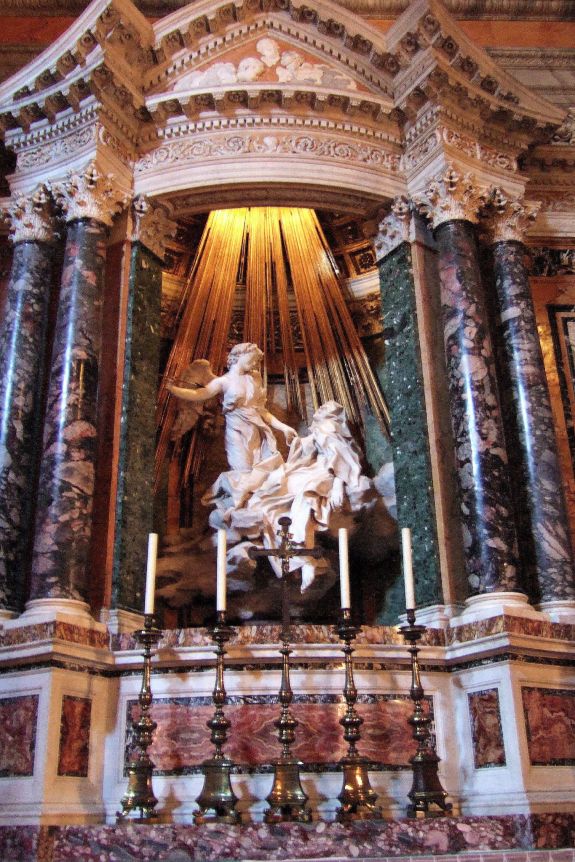
If you’ll notice, Bernini’s work is part of an altarpiece. Some may cry Catholic syncretism or pagan resurgence or some nonsense, but I see a little bit of God-made humanity showing its redemptive colors. We are sexual beings who must relate to both humanity and a loving God, not misbegotten creatures of either primordial filth or mawkish sexlessness.
Edited on: 25.02.10.
Before I go, one last word of prudence:
“. . . The carpe diem religion is not the religion of happy people, but of very unhappy people. Great joy does not gather the rosebuds while it may; its eyes are fixed on the immortal rose which Dante saw.”
–G. K. Chesterton, Heretics (1905)
